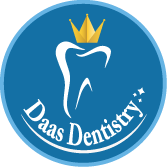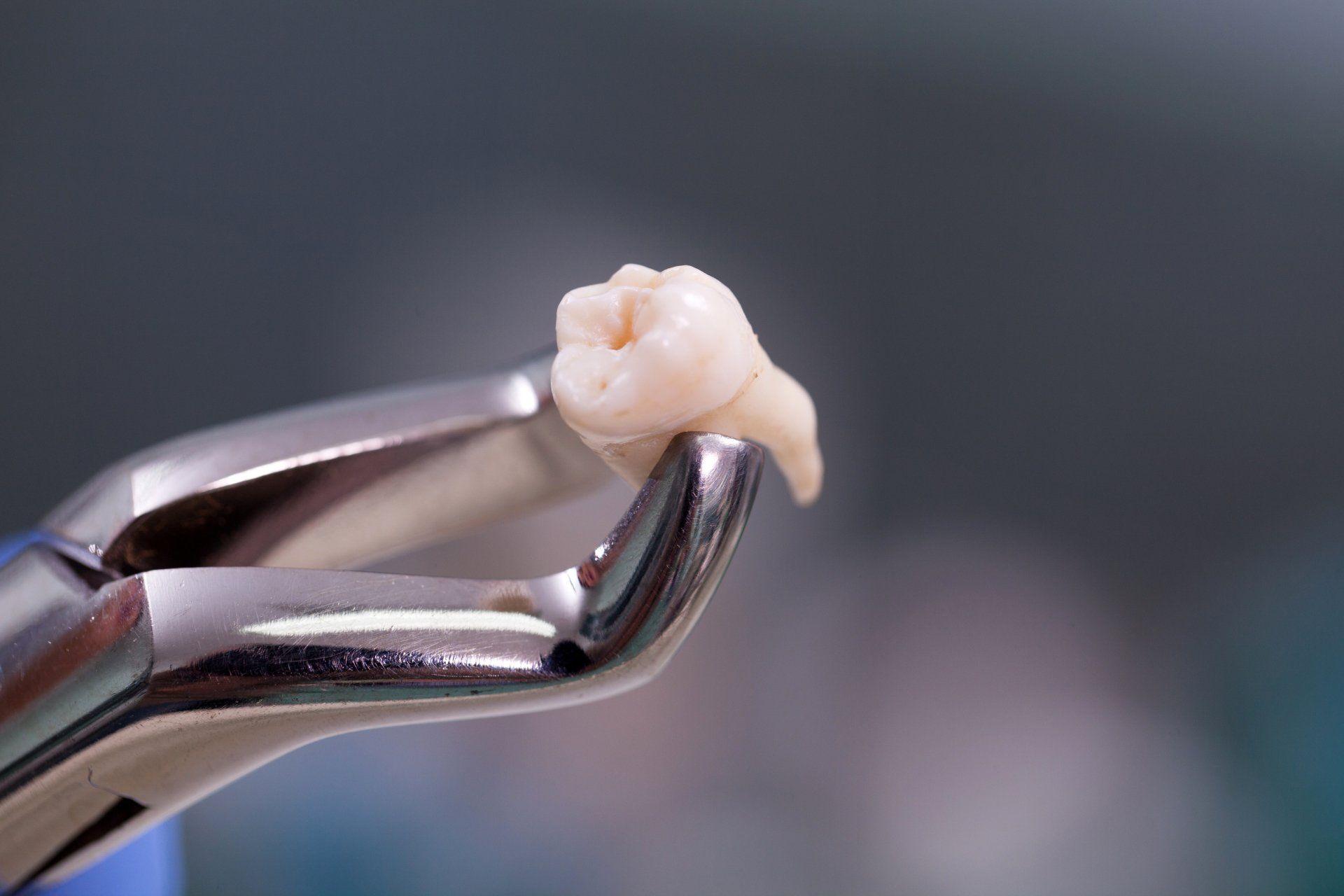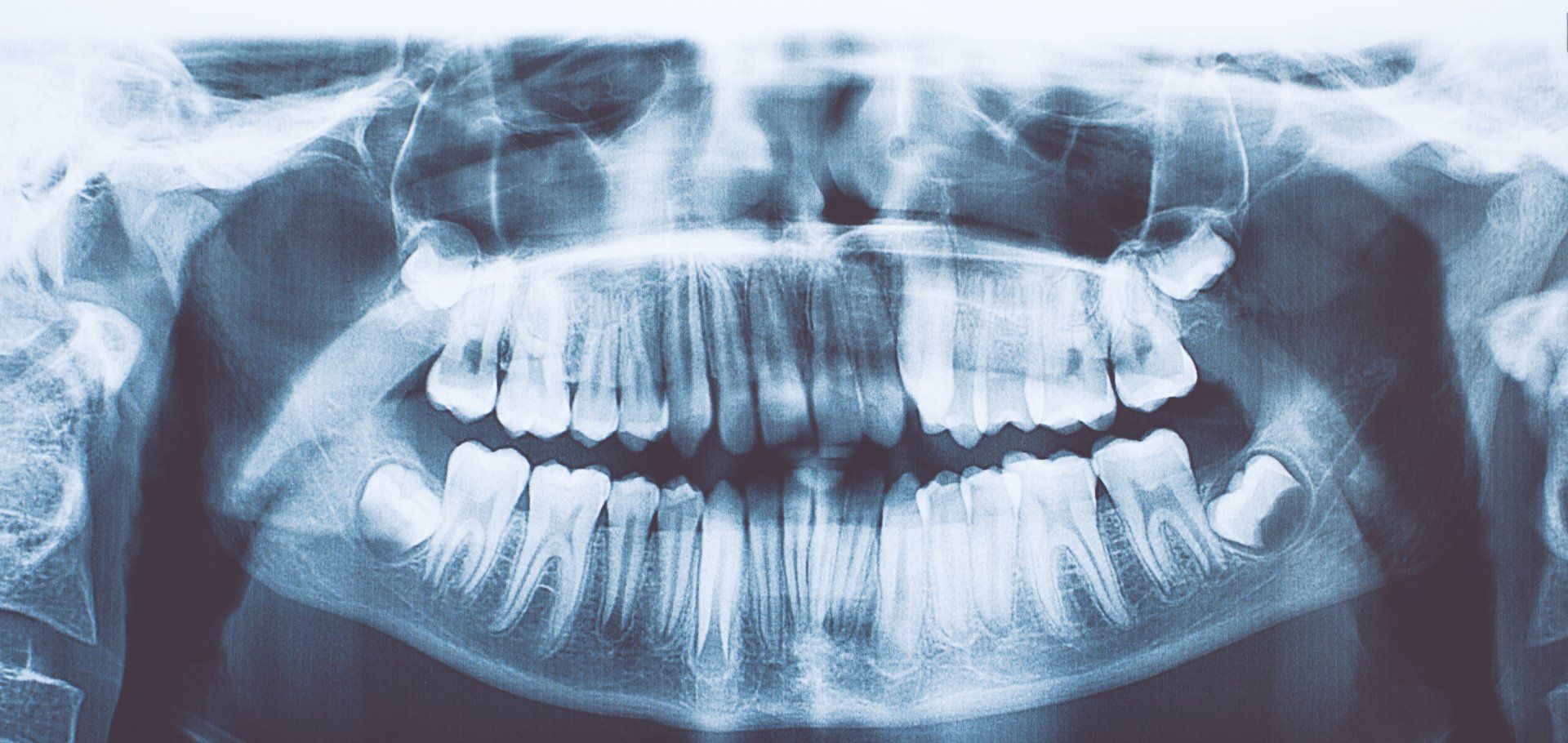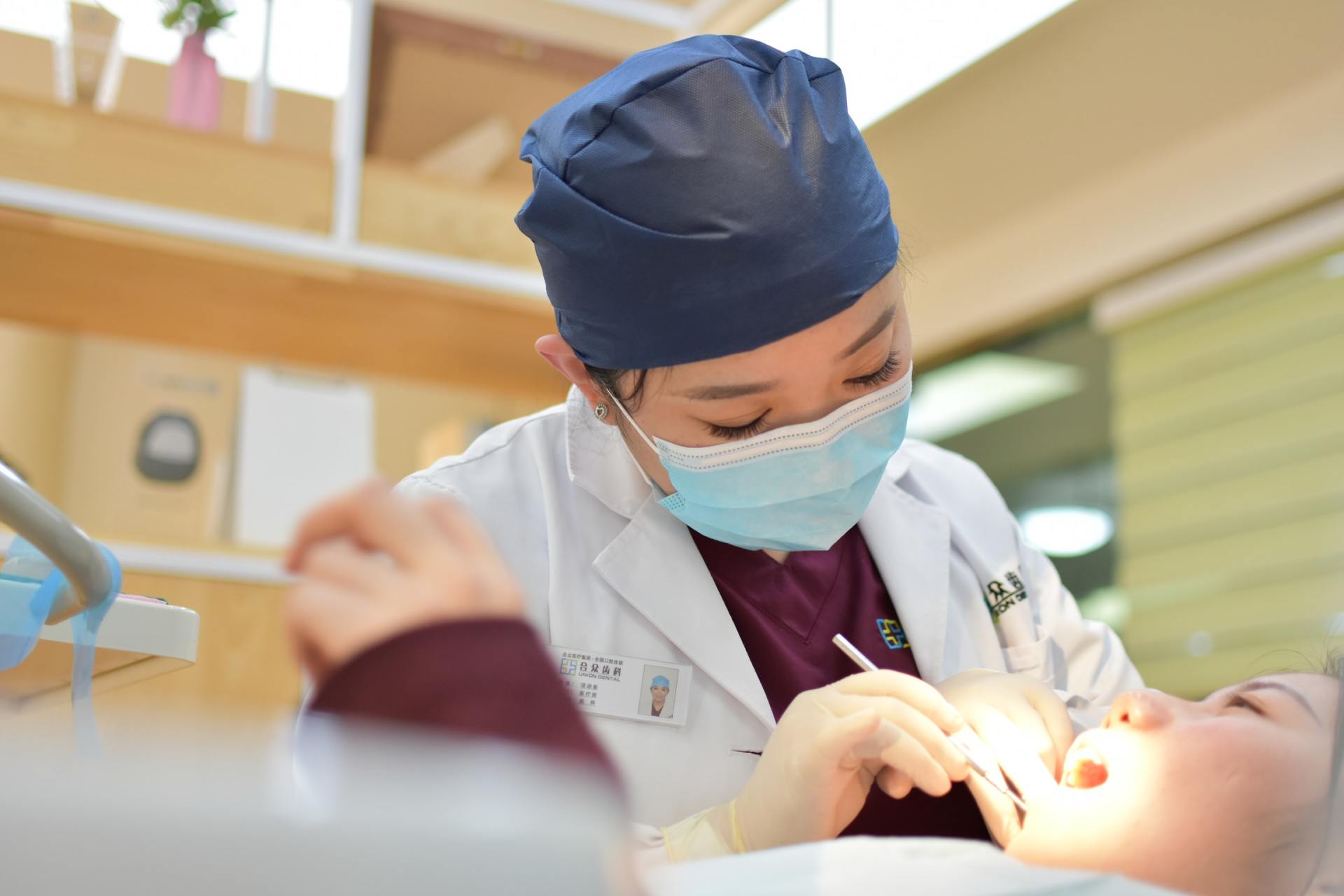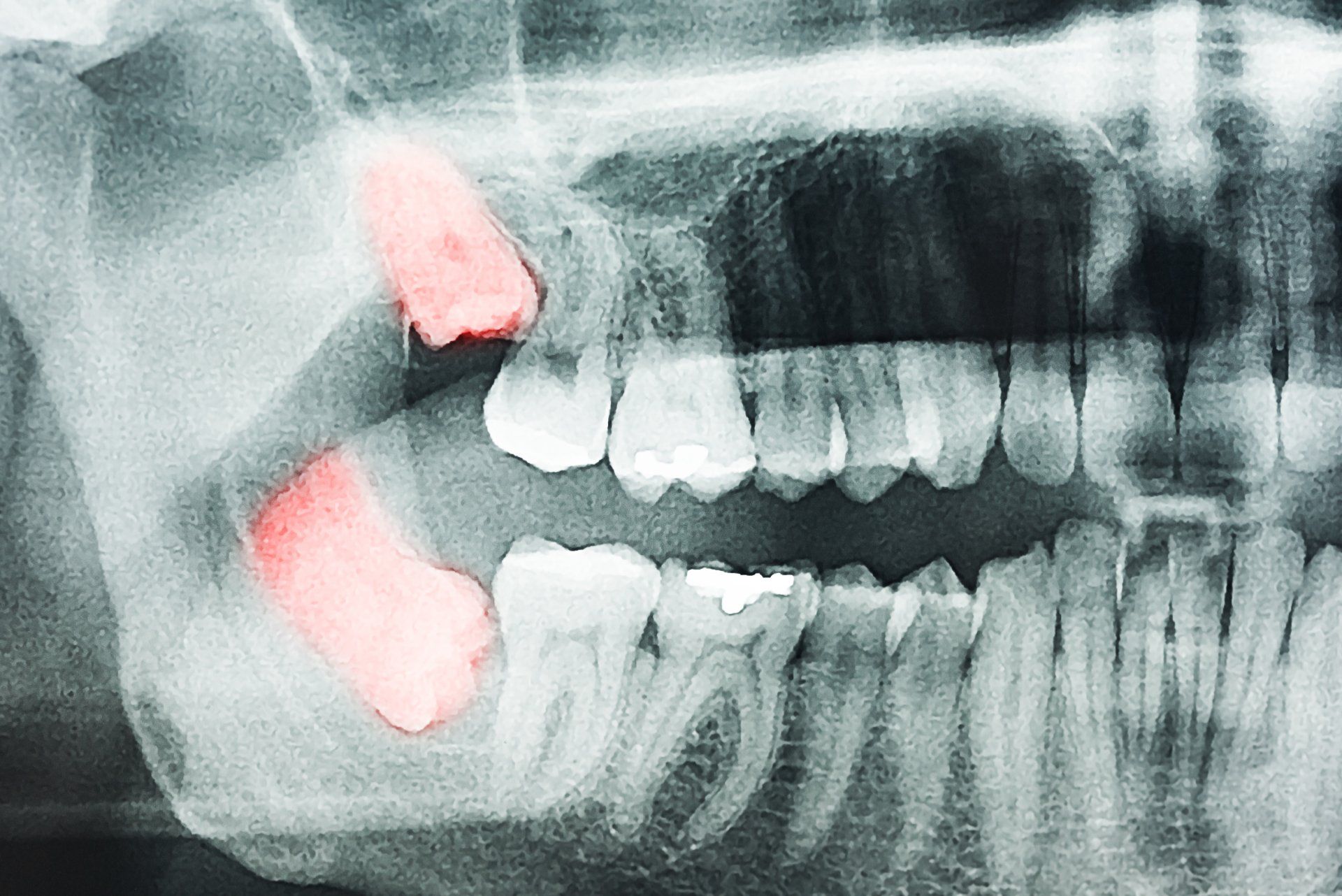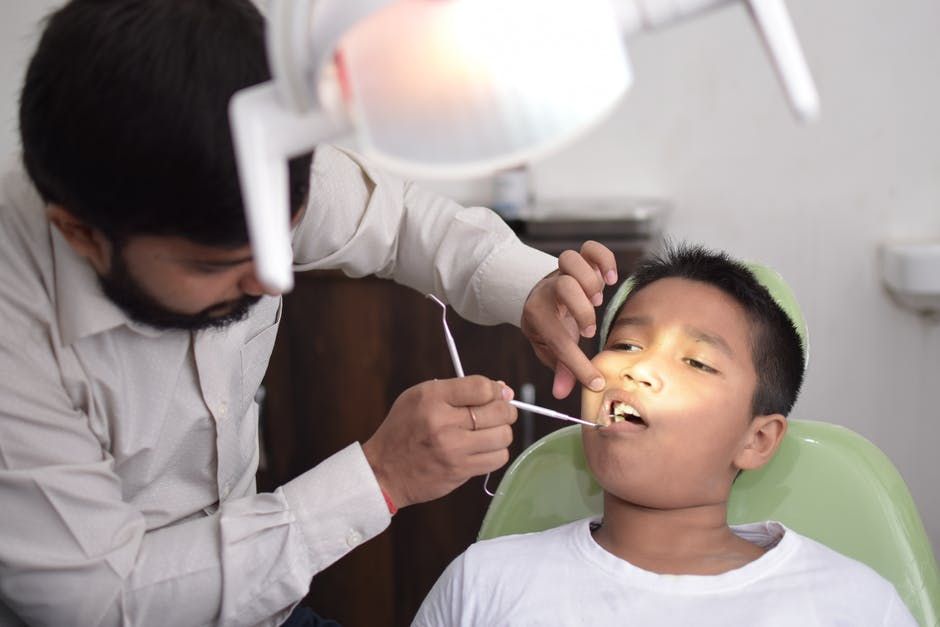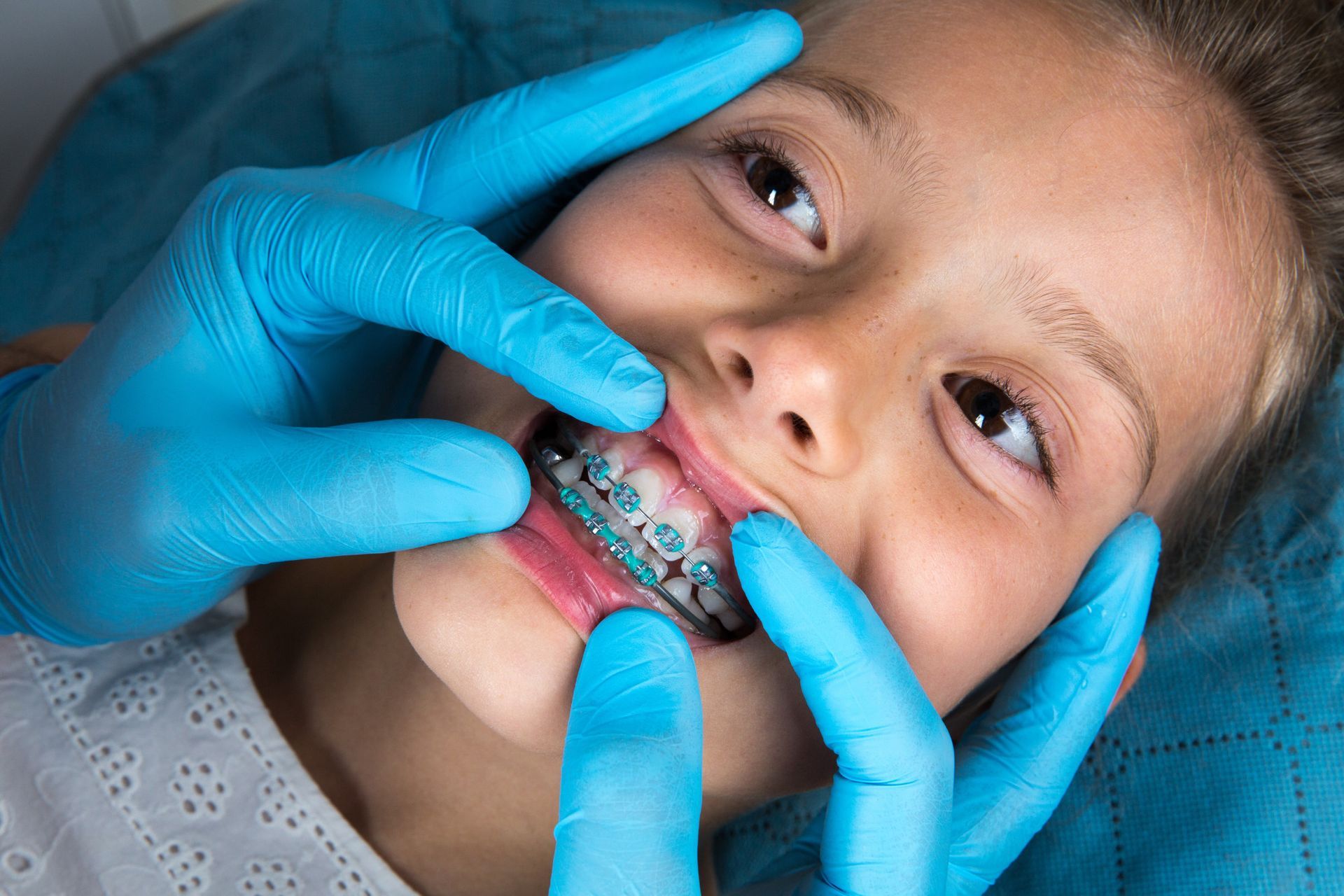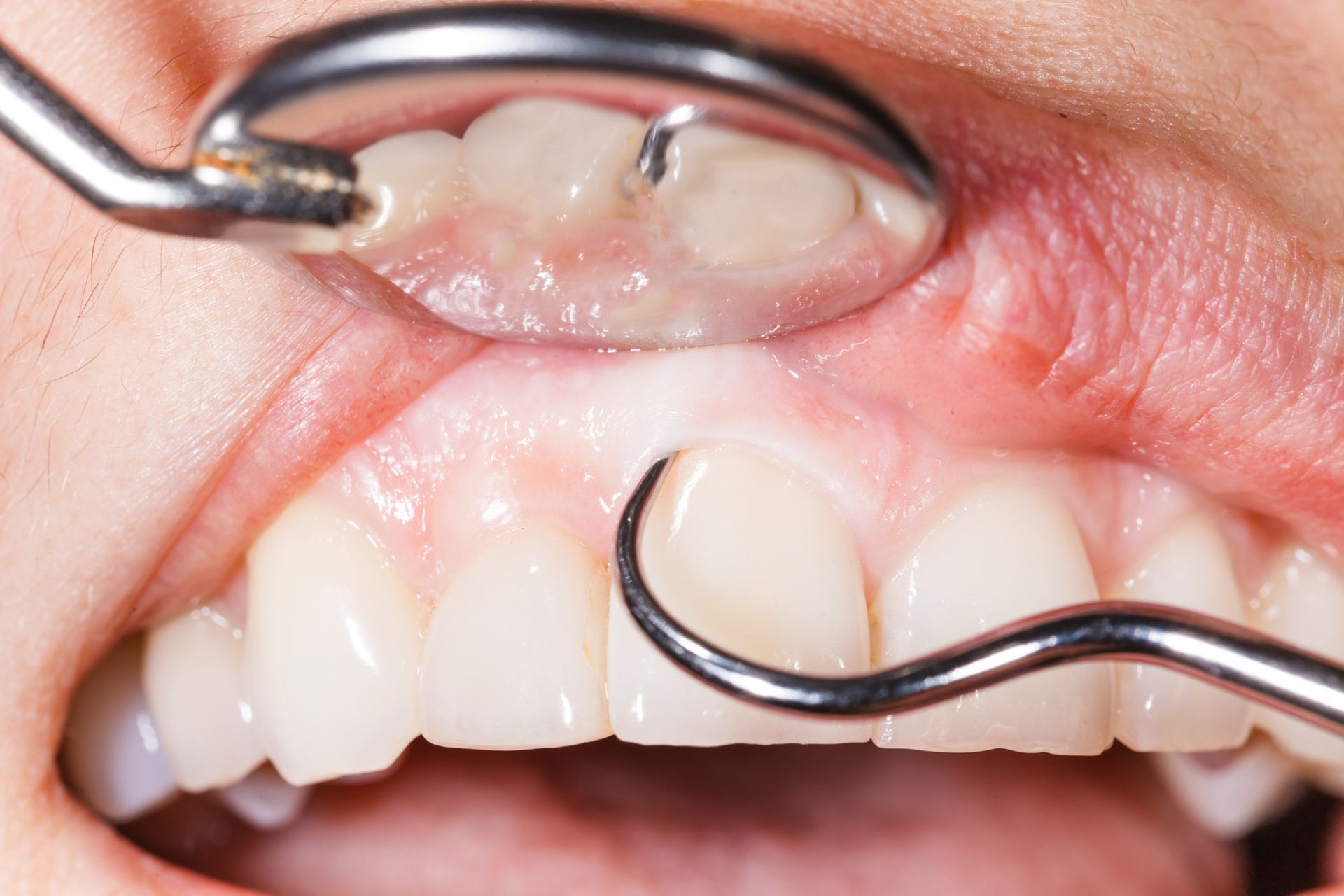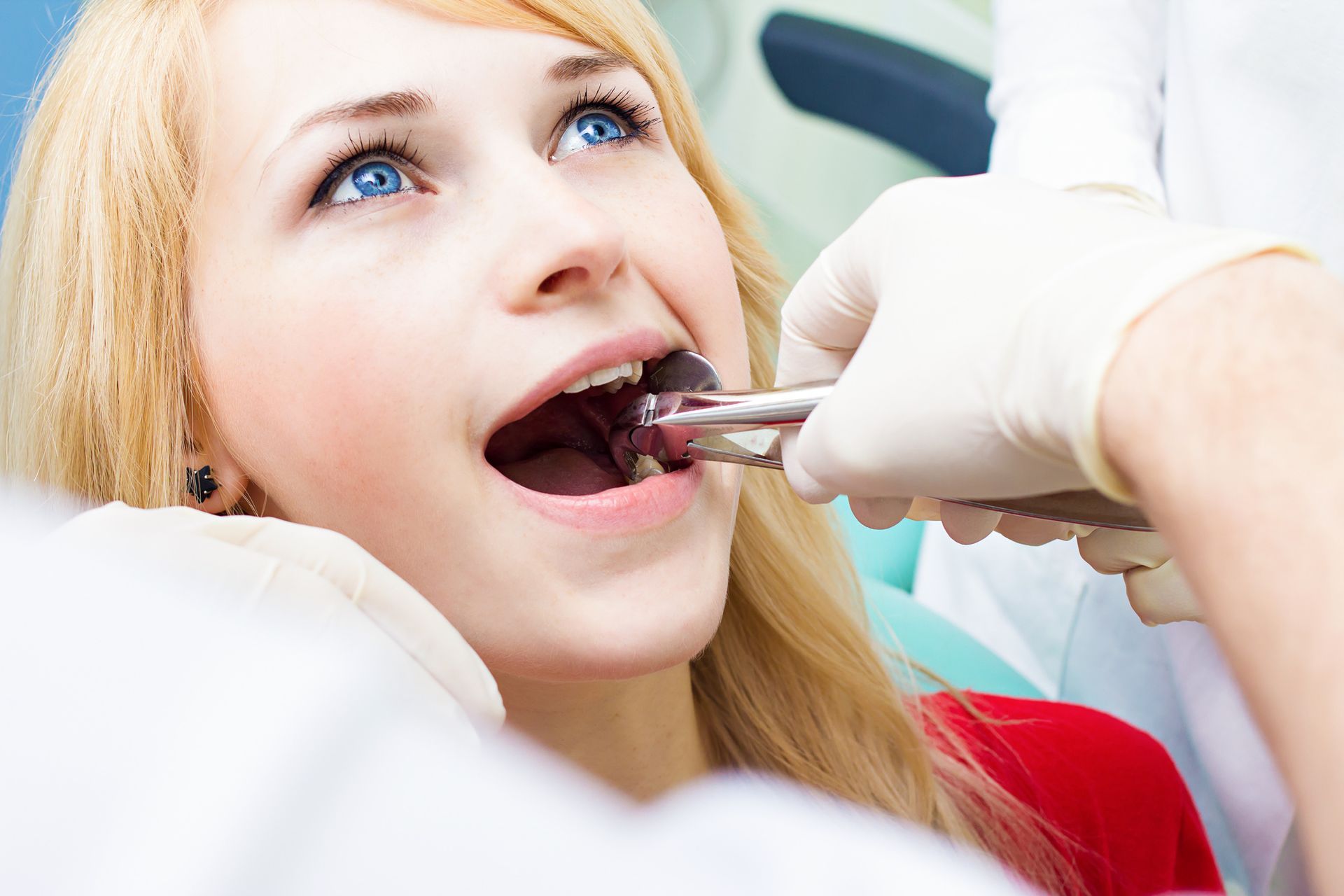Our Guide to Wearing Braces as an Adult - Know Your Options
November 28, 2019
Many people aren’t blessed with having perfectly aligned teeth. More than cosmetic concerns, having crooked teeth or misaligned bites may lead to severe oral issues, such as gum disease and speech defects. The best time to address these is during childhood, the time when the facial bones and gum tissues are still developing. However, modern advances in dental technology have allowed adults to seek help for oral difficulties they’ve been dealing with for years.
If you’ve been suffering from an overcrowded smile or a painfully misaligned bite, you should see an orthodontist as soon as possible. Orthodontics is a specialized practice of dentistry that deals with the alignment of teeth and jaws. The most common treatment for such problems is to wear braces. Wearing braces is a simple, temporary solution that offers long-term results. However, for people over 18 years old, there are several factors to consider.
For one, the entire process could take longer. Simple procedures may typically last between six months to a year for children, but this could take up to two years for adults. Because an older person’s bones have stopped growing, surgery may be needed to fix structural problems. Additionally, adults are more prone to developing gum diseases, so the patient may need to consult with another specialist as well.
The good news is that the statistics of people getting their dental issues fixed as adults are encouraging. If you’re considering to wear braces in your 20s, 30s, or 40s, here are your options:
1. Standard Braces
Traditional braces are a fixed treatment option in which brackets are glued to the front of the teeth. A wire goes through the brackets, secured by small rubber bands. By tightening this thin metal line, tension is put on the teeth to move them into the desired position. Results can be achieved within one to three years, depending on the patient’s teeth condition and the amount of straightening that needs to be done. Standard braces come in different colours. For adult patients, they can opt for transparent bands to make them less visible and awkward.
2. Damon Braces
This option uses a slide mechanism instead of elastic bands to keep the wires in place. However, some patients don’t like the friction that these rubber pieces create against the insides of their mouths. Without them, the braces become much more comfortable and less noticeable. While it’s more expensive than the standard type, Damon braces are the preferred method among most adults.
3. Invisible Braces
Invisible braces, also known as lingual braces, are another option for those who are concerned with their looks. These are placed at the back of the teeth instead of the front. They are more complicated to install and, not to mention, more expensive.
4. Invisalign
Invisalign is a more recent innovation that uses transparent plastic aligners that are custom-made to fit your teeth. They are worn as retainers and are removable when the patient is eating and brushing. Patients are required to get new ones every two weeks until they achieve their desired results. Because of its convenience and wearability, Invisalign is an excellent alternative to metal braces.
It’s never too late to get your teeth straightened. With proper oral care and the right team of dentists, you can achieve a healthier, more radiant smile at any age!
If you’re looking for orthodontic treatment in Mississauga to help you choose the right braces, get in touch with DAAS Dentistry to see how we can help.
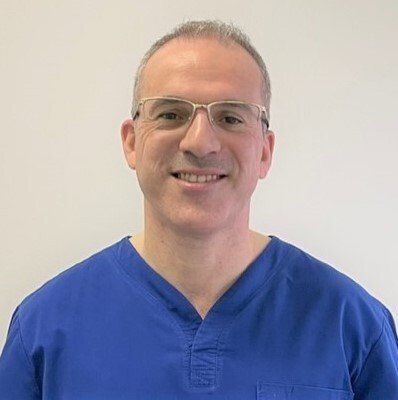
Dr. Ehab Daas
Meet your doctor
Dr. Ehab is a passionate dentist with 15 years of dental experience. He received his D.D.S in 1997, and has practiced dentistry for 6 years since then. Immediately after that, Dr. Da'as moved to Paris to get his Orthodontics and Prosthodontic diploma's in which he specialized in fixed bridges and crowns. He graduated from France with remarkable achievements in 2005, and went on to work for 9 years, focusing on difficult orthodontics cases and satisfying his ortho patients. Dr. Ehab moved to Canada in 2014 to continue his career, where he is proud and extremely honoured to provide his patients with the highest quality service.
Learn More
